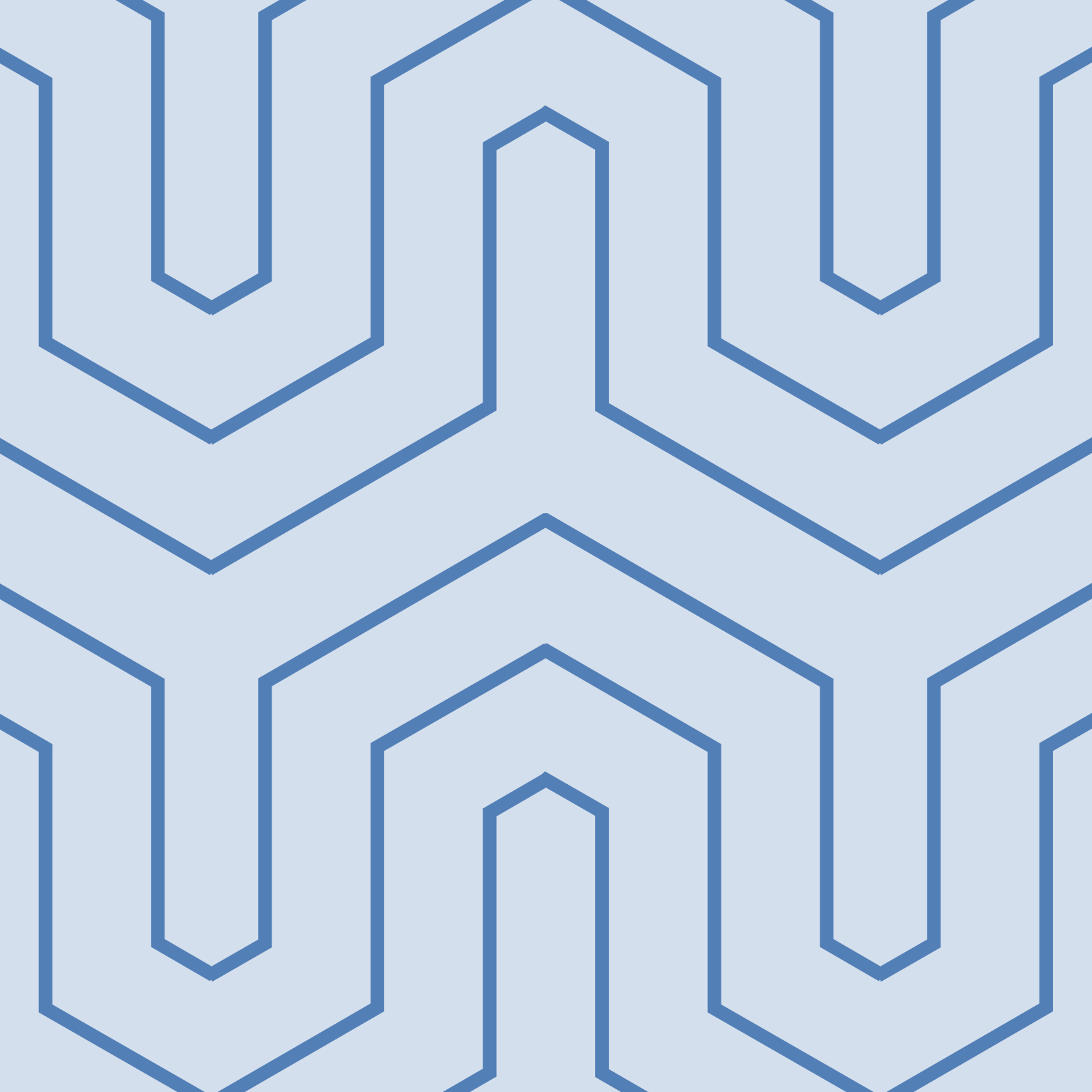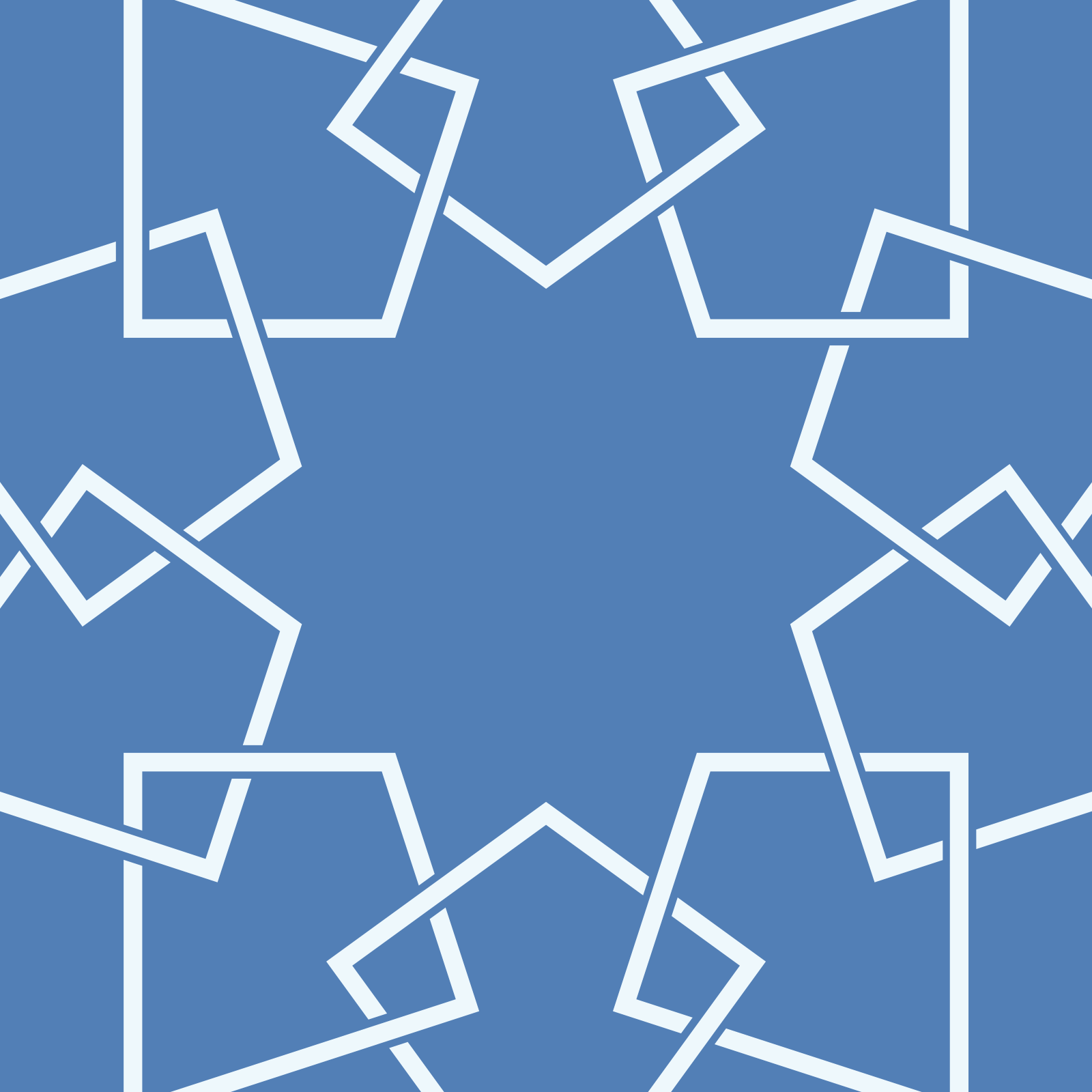The humble kandora comes in a lot of styles – which one’s yours?

Photo: Men wearing kandoras at work / D2D Tailoring
For 33-year-old Emirati Khalid Al Sabbagh, of door-to-door tailoring service D2D Tailoring, the quest for the perfect kandora was an arduous one. He recalls a time when, as a child, a new kandora was tailored for special occasions, like Eid, and how proud he felt to don his new garment.

Photo: Khalid Al Sabbagh, Founder of D2D Tailoring, UAE
“It gave me a sense of pride, and [I] felt closer to my father, who is my role model,” he said. “There’s just something about slipping into a brand new kandora—the smooth, soft, silky feel of the fabric as you slide your arms through the sleeves; it’s a feeling of confidence that I can accomplish anything and everything.”
Kandoras have evolved over time, and today, everyone has a unique style. Some men love to have it loose and comfortable, with soft fabric; others love a crisper fabric that makes a sound when they walk. Others still like to follow the seasons and change the colours they wear, from light to dark.
DIFFERENT STROKES

Photo: Men wearing kandoras or Middle Eastern national dress / D2D Tailoring
The most important thing to understand is the difference between the national dresses of men in the region. Although they look the same to a lot of outsiders (they just see a long, white garment), there are a lot of subtle differences that define where one is from, according to Khalid.

Photo: Man wearing a kandora with a ghutra and an agal holding it in place/ D2D Tailoring
Emirati: “Slick and stylish, the Emirati kandora is usually white, although darker shades make an appearance when temperatures cool down. The Emirati kandora is distinguished by the tassel suspended on its front, which is sometimes complemented with matching embroidery on the sleeves. And it does not have a collar.”

Photo: Man wearing a kandora with a ghutra and an agal holding it in place / D2D Tailoring
Kuwaiti: “Almost identical to its Emirati cousin, Kuwaiti kandoras use sophisticated fabrics, follow a slim-fit design, and have a one-button collar. White is the most popular colour, although variations in gold do exist.”
Qatari: “Traditionally, the fabric is luminous, which makes it glimmer in the sunlight. Some of them are crafted with a shirt pocket at the front and a stiff tassel hanging off the end.”
Saudi: “The most formal look in the region, these kandoras look very sophisticated thanks to the 2-button collar and tight fit. The sleeves are very distinct, and tailored such that they can be studded with cufflinks.”
Omani: “Although Omani kandoras don’t have a collar, they are a lot more colourful, with vibrant hues. They feature loose tassels connected to the kandora at chest height. Intricate embroidery around the wrists, neckline, and across the back define the kandora, which is also accompanied by distinct headwear: the kuma, which is crafted using the buttonhole stitching method.”
Bahraini: “Although these are also predominantly white, you can tell it apart thanks to the striking row of buttons sewn down the front. Bahraini kandoras are sometimes enhanced with a pocket here and a soft collar there. They’re loose in fit and incredibly airy.”
While sporting seasonal colours has always been a trend, Khalid is spotting a braver generation who are adapting the garment with wider sleeves or mixing two colours in the embroidery. Who knows what’s next?

Photo: Man wearing a coloured kandora with wide sleeves / D2D Tailoring
ACCESSORIES ANYONE?
As kandoras are traditionally quite plain, Khalid advises looking at accessories like pens, watches, and sandals to enhance their look. Some others include…

- cufflinks, which are worn with all kinds of kandora except in the UAE, and they can look very classy and elegant.
- the agal, or egal, the black cord that is doubled to keep the Ghutra in place, and can be considered a fashion accessory in itself.
- the ghutra, the traditional headdress, a cotton square that is usually white, with variations in red and white.

Photo: Man wearing a kandora with a detailed ghutra / D2D Tailoring
© MySalaam.com 2017 All rights reserved

Umaima Tinwala